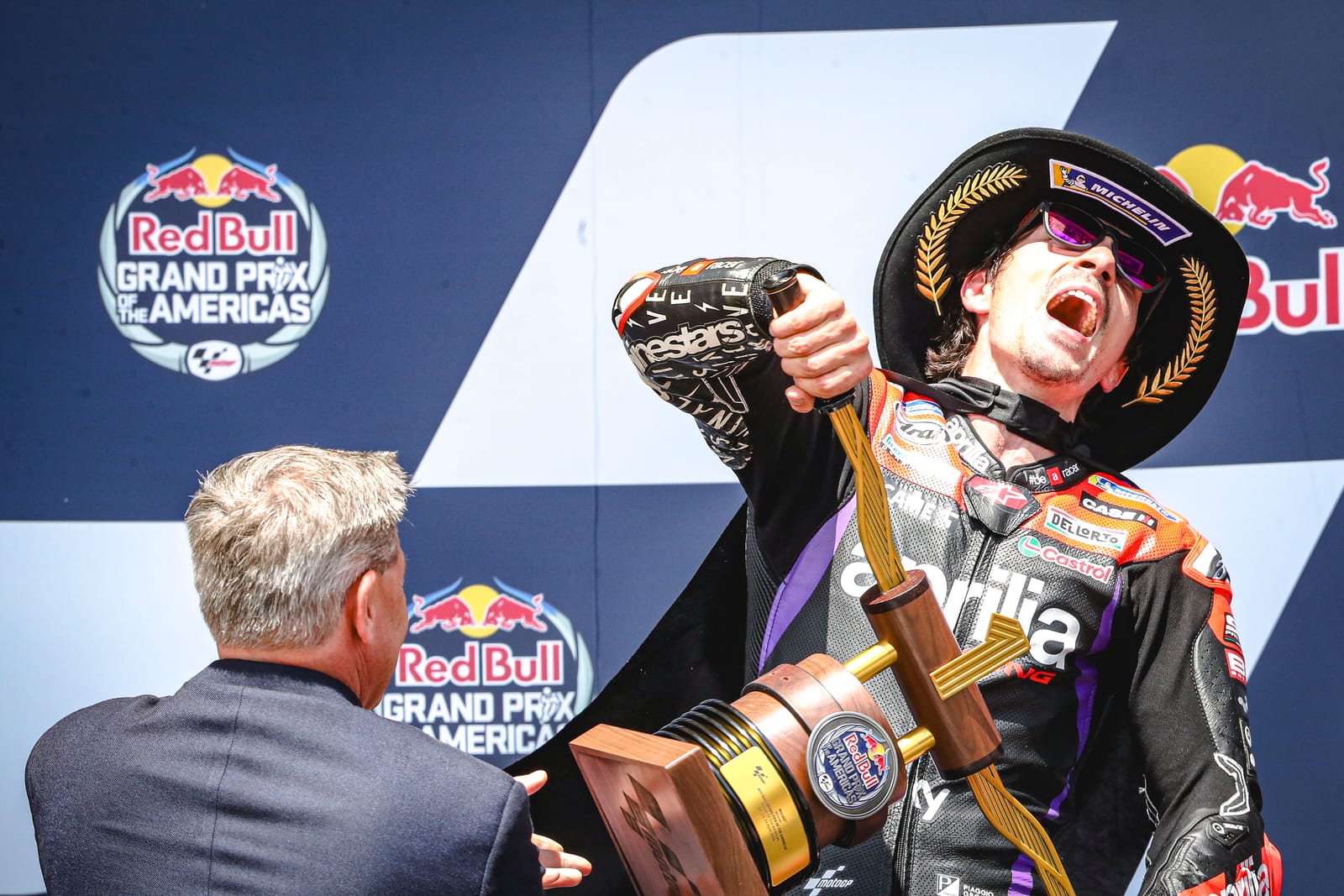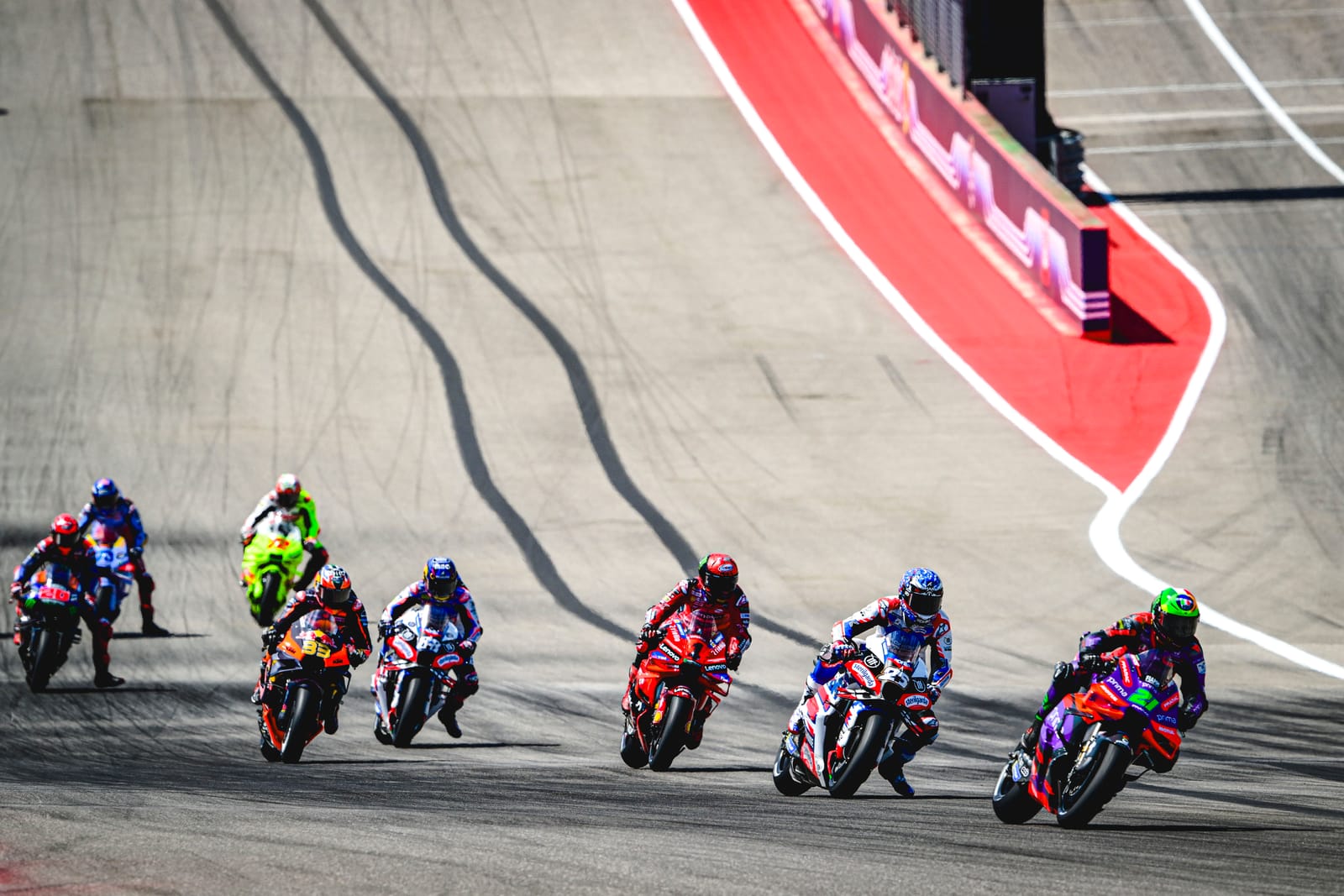There's a lot of competition given its recent years in varying degrees of 'crisis mode' but watching the Hondas at the Circuit of the Americas this past weekend suggested that, from a purely competitive standpoint and considering relevant competitive implications, it might have well have been Honda's worst-ever weekend in the premier class.
A year on from the RC213V winning in the hands of Alex Rins, in what was just his third grand prix start on a Honda, its newer version basically wasn't at the races.
A Honda was last in every session - except for Q2, which obviously none of them made it to. Honda locked out the bottom four places in the 'Q0' Friday practice and then in Q1 on Saturday morning.
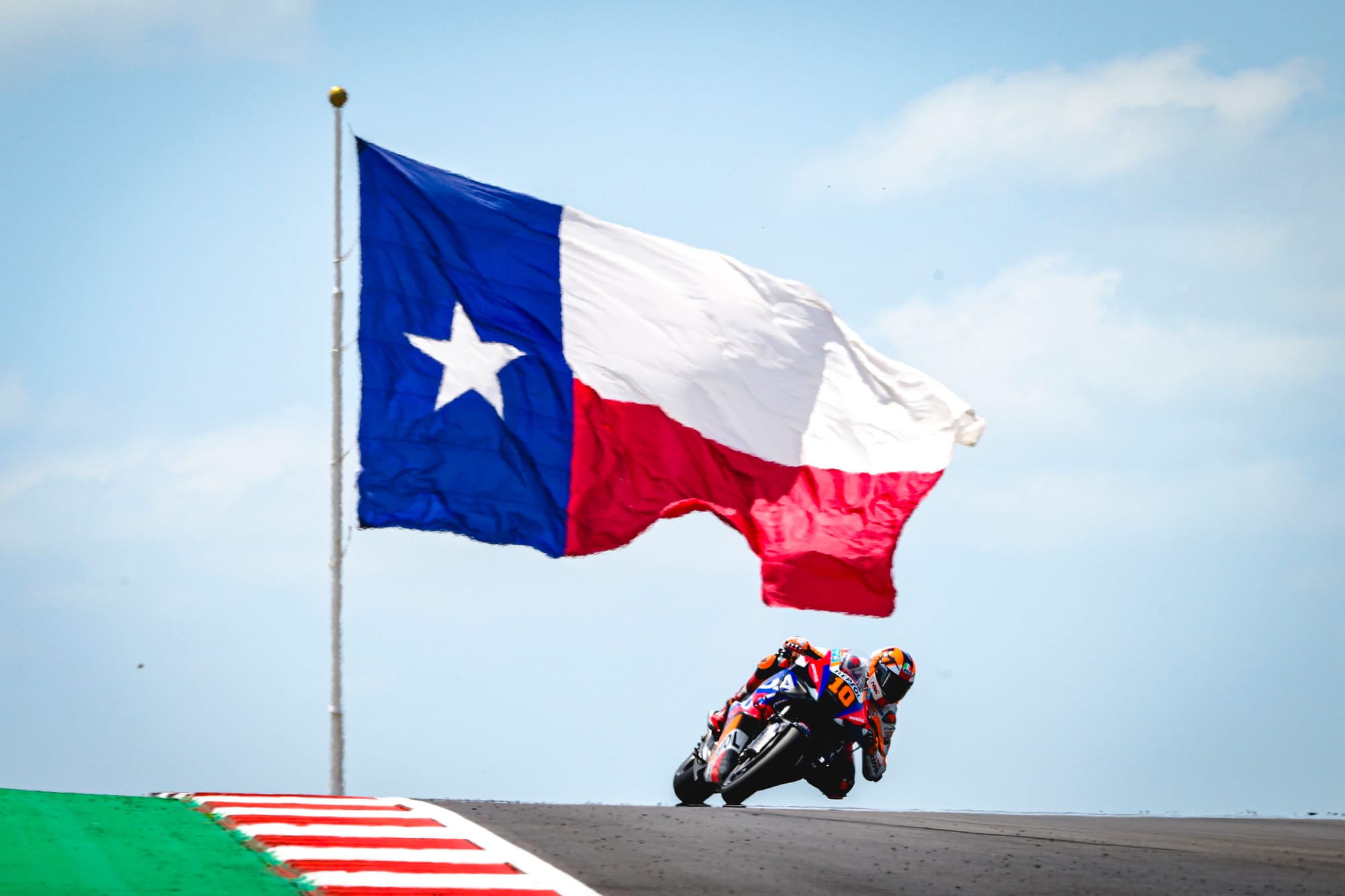
It scored no points, the first manufacturer to do so since, well, Honda at Silverstone last August (see what I mean about "a lot of competition"?), except back then it at least had better explanations.
"It's quite obvious that we are not in the correct direction," works team manager Alberto Puig told MotoGP.com at COTA.
"The results are the main signal of what's going on.
"In Japan they are trying hard, they are working on many different things, they brought more people into the group, we have more manpower. It's not that they are sleeping.
“But on the other hand we are not getting there, and the bike is not performing.
"We did big changes in the bike, we did good improvements - theoretically - but you cannot see it on track. At this time we are a little bit, like, confused.
"We can understand that the riders are not happy. This is clear."
There were varying degrees of "not happy" coming out of the two COTA races. There was Joan Mir in his familiar "what can you do but laugh?" mode, Luca Marini with his very matter-of-fact, emotion-free stance, and Johann Zarco preaching positivity - that "pessimism" solves nothing, and that it was always known Honda was rebuilding.
But it's the homegrown rider, Takaaki Nakagami, who sounded the most animated and agitated, the most aghast, conveying a tone of a man betrayed by his own expectations.
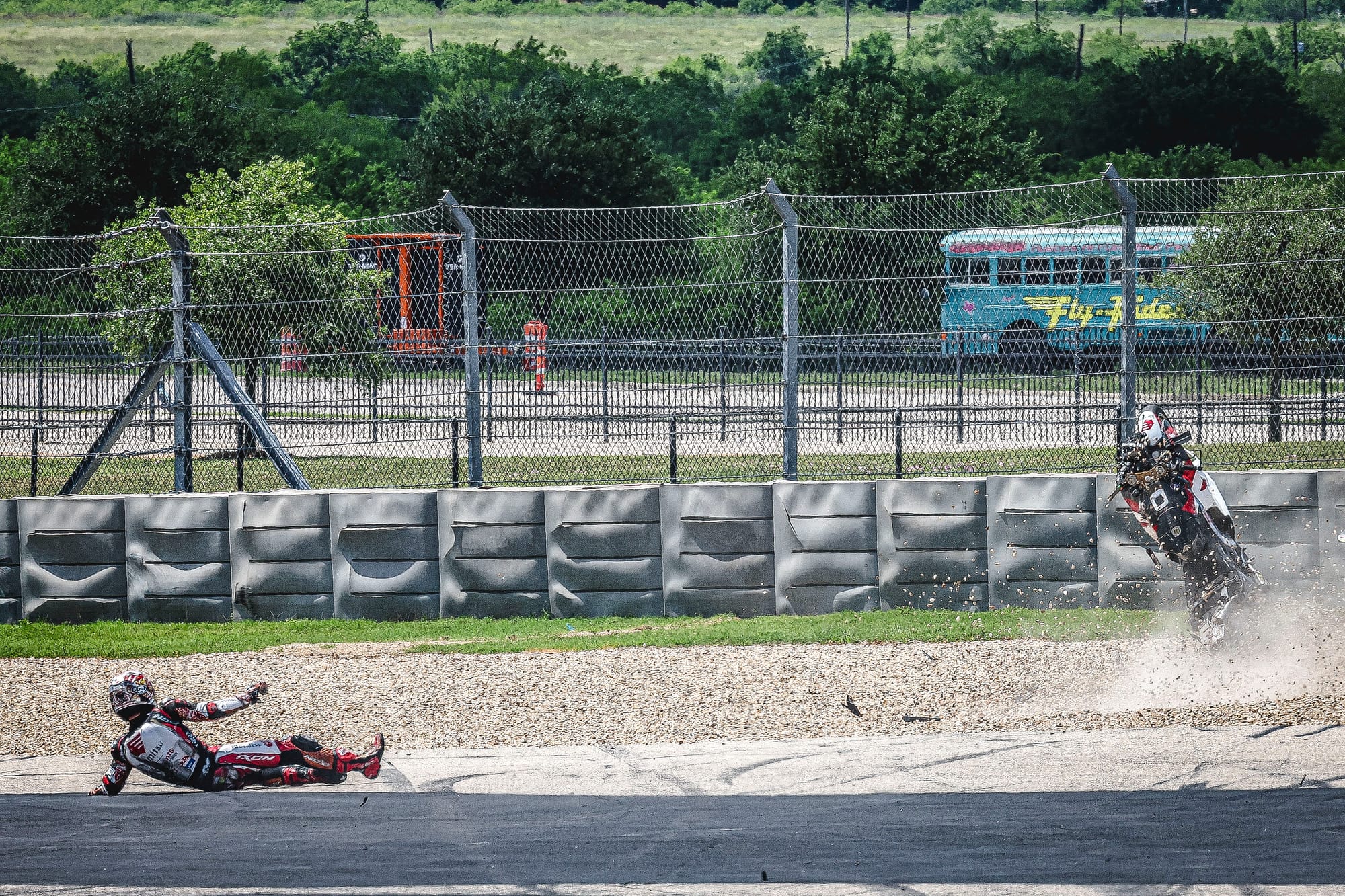
"It's such a tough moment," he admitted. "I didn't expect this pretty bad moment.
"And nobody can solve the problem, nobody can improve it. I don't know.
"Nothing to say at the moment. I'm disappointed about the performance of... everything... The bike... We are slower than last year.
"This is absolutely impossible to understand."
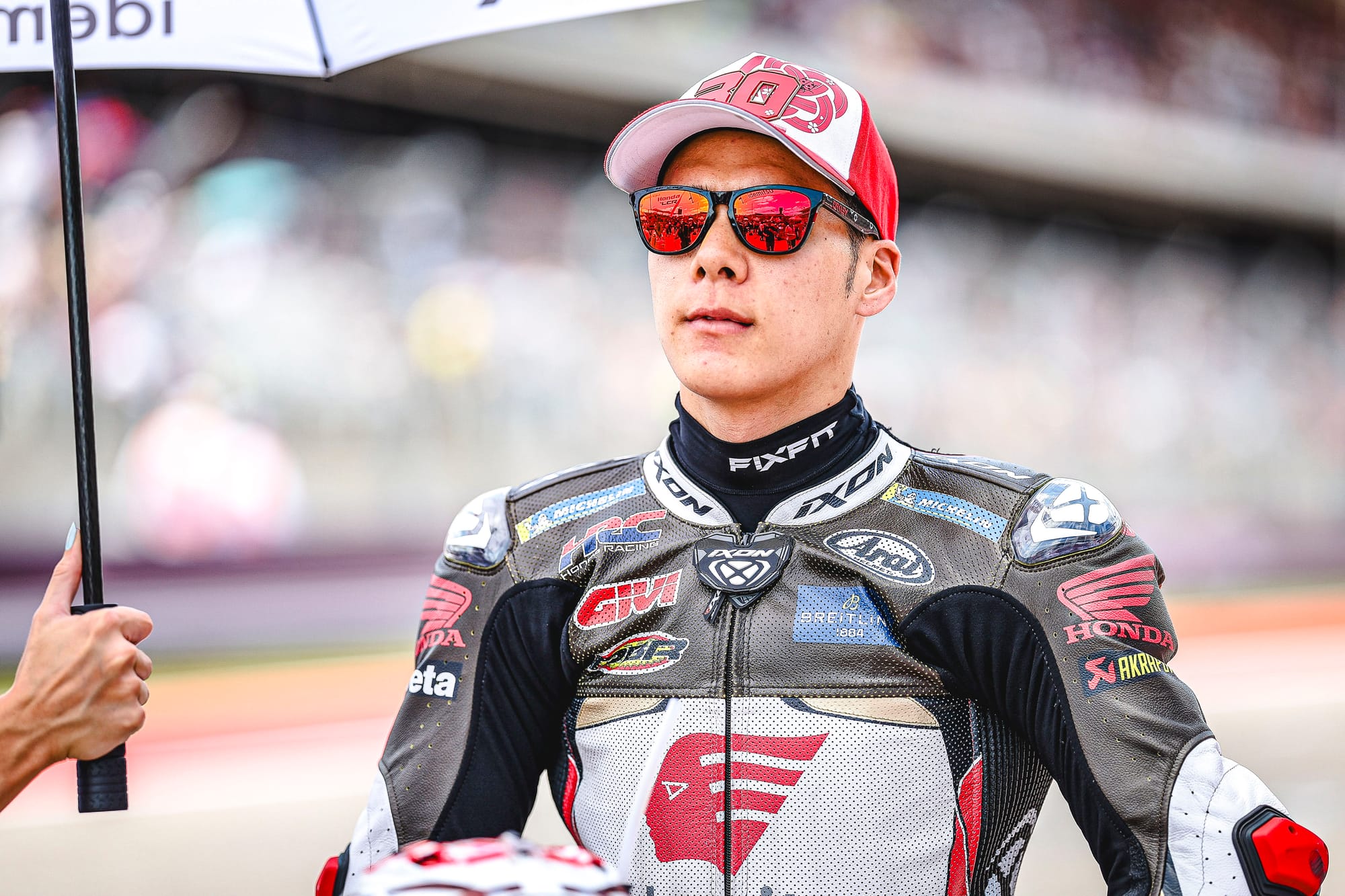
The word "impossible" got a lot of use from Nakagami in his post-race address. And the word "slower" was the best explanation why - it is usually used in relative terms, compared to the competition, but here it was just a factual description of the situation.
At a partly-repaved COTA, where the lap record was smashed by a full second, the 2024 RC213V couldn't live with its version from last year.
Honda at COTA: 2023 vs 2024
Best single laptime
2023: 2m02.052s (Rins)
2024: 2m02.380s (Zarco)
Best sprint time
2023: 20m37.815s (Rins)
2024: 20m50.814s (Marini)
Best GP time
2023: 41m14.649s (Rins)
2024: 41m43.032s (Marini)
The comparison is skewed, yes. Firstly, it is skewed by the fact that Honda no longer employs Rins, having let go of two COTA specialists (Rins and Marc Marquez) for 2024.
But secondly - and this, while an excuse, is also very much part of the problem - only one Honda even made it to the finish in either race. Mir, Zarco and Nakagami crashed in the sprint - and while Mir had an explanation in the form of a bike damaged by earlier contact, he then crashed a more-intact bike on Sunday.
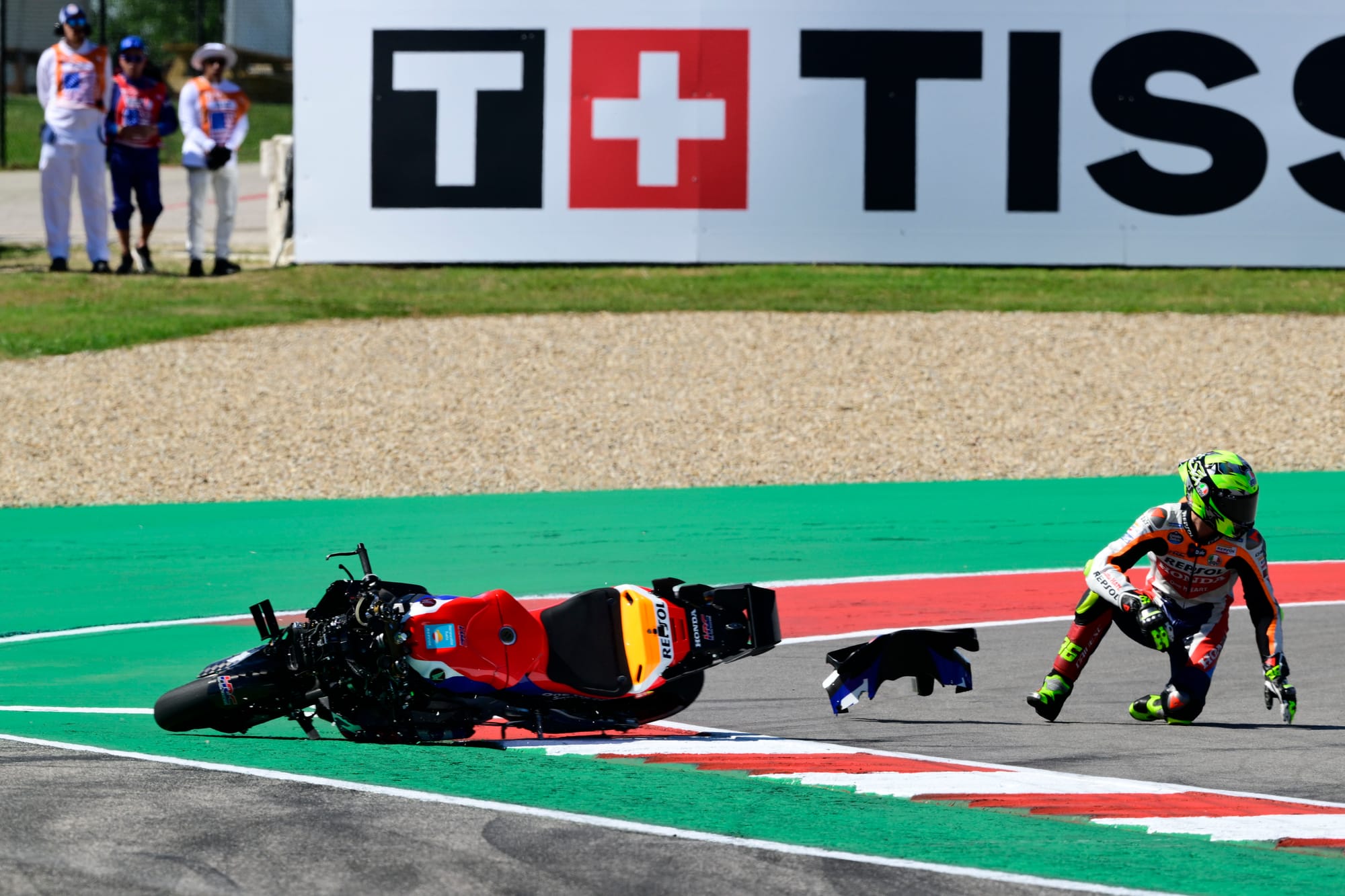
"You see yourself in the mid-pack, the laptimes, you get close to it, you make one lap, two laps recovering, but on the third lap the bike says 'I give up' and then you are on the ground. This is a little bit the resume [summary] of the story," he explained.
Nakagami also went two-for-two in shunts, while Zarco had a technical issue on the rear that forced him to park up.
Only Marini saw the chequered flag, twice, leading to Mir's quip that he was a "survivor" - a quip that Marini himself appreciated.
But the trade-off may well have been any semblance of performance - Marini was last by a lot in the sprint, and last again in the main race, outfoxed in the battle for the final point by Alex Marquez's Ducati (which had hit the deck earlier in the race, losing around 17 seconds).
Mir described the situation as "desperate". And Nakagami sounded desperate.
"More or less two seconds slower every lap. We are pushing, but the laptime never comes. And the feeling also is totally nothing.
"A crazy three days. Never even one session we had a good position. Always fighting at the bottom. We are lost, you can see it even from the outside."
The consensus explanation from the four riders was largely the same as at Portimao, another track that was expected to suit the bike more.
In short, the strengths the old flawed-but-occasionally-competitive Honda was exploiting at COTA had vanished. It wasn't getting it done in the tight turns, and it didn't feel agile. As Mir had described it at Portimao, and as COTA suggested, the bike is lighter but feels heavier.
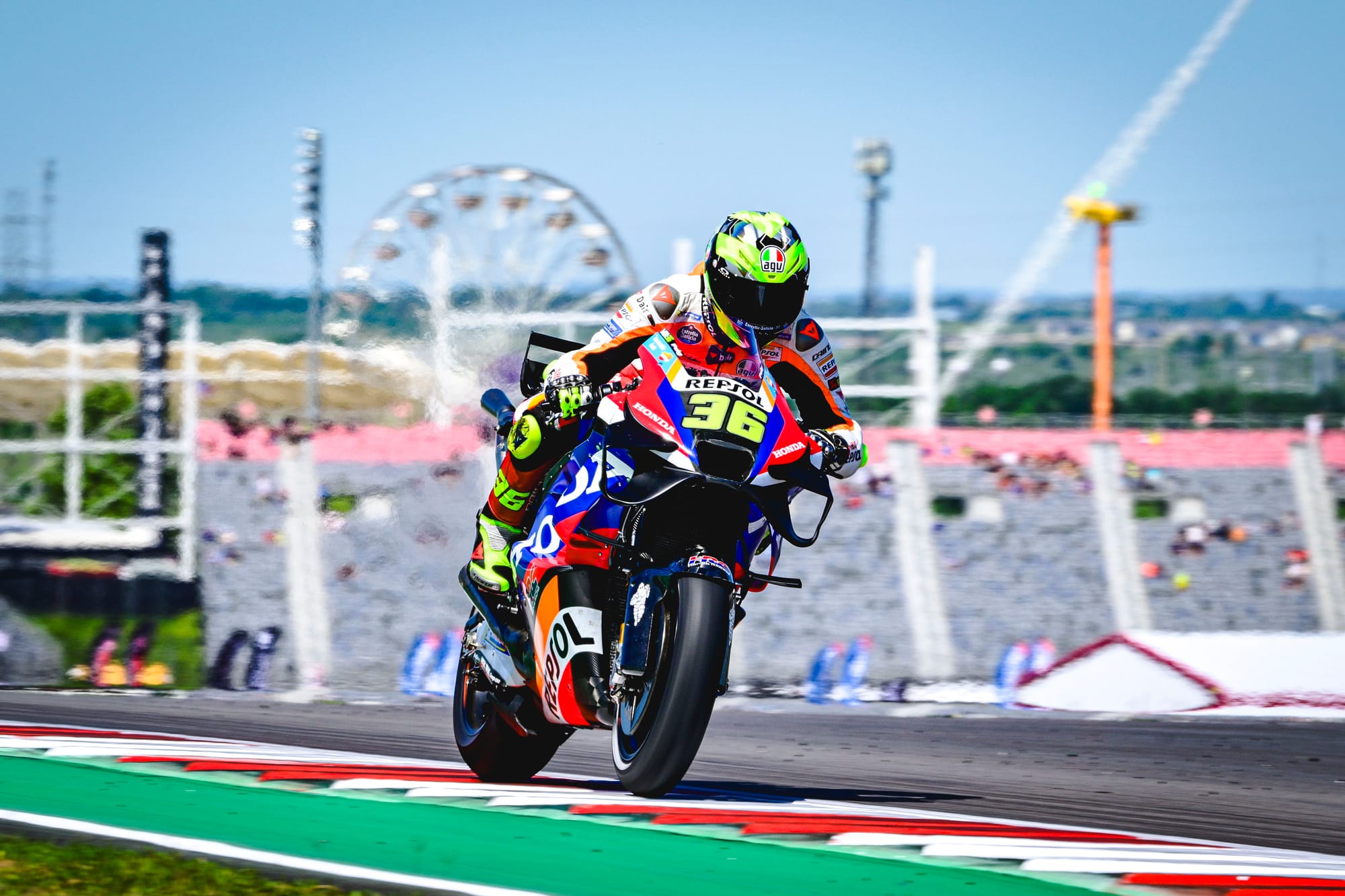
The improvements at a relative bogey track in Qatar flattered it through the pre-season and the opener - that's the impression now.
Weaknesses like acceleration have been improved, maybe, but not enough to cover for the loss of strong points. As Mir put it, there is no area of performance in which the Honda was getting one over its rivals.
Mir also felt the race performance was now better than single-lap pace, in contrast to last year but also to what it looked like in the pre-season. Perhaps that would've been easier to gauge had more than 25% of the Hondas made it to the finish in either of the COTA races.
Mir dropped a strong hint that a fix had to come on the engine side, and acknowledged Honda - like Yamaha - was having a new one readied for later this season. Honda's new-for-2024 concession status allows this, along with permitting private testing with race riders - testing that Nakagami sounds not too happy not being involved in right now.
But he also doesn't buy into the engine being a cure-all.
"Clearly we are missing something like bike balance, electronics - I don't know. I don't know! This is the problem. I can't point the finger at it.
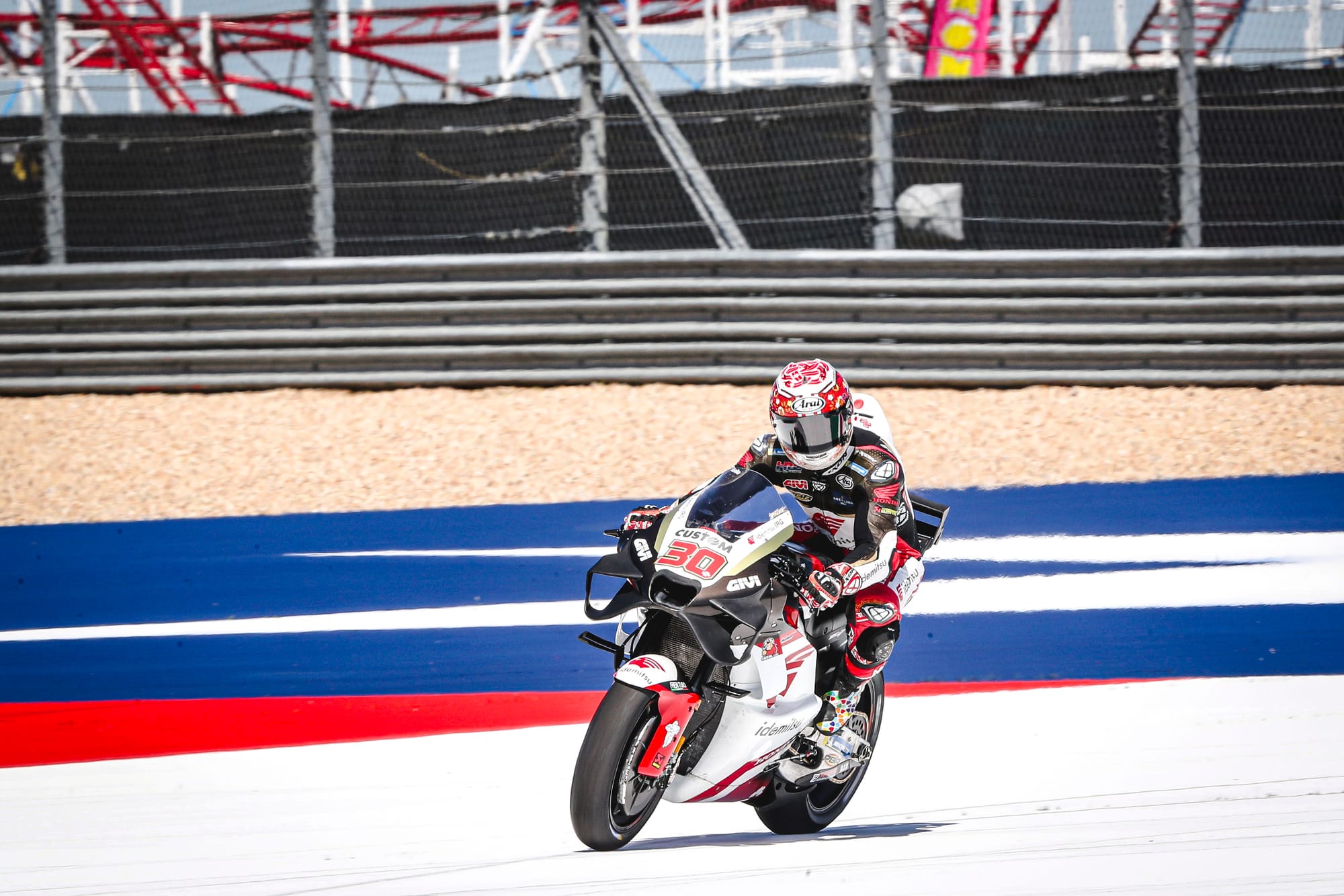
"Maybe last year I could say that mainly we complained about the rear grip. But now it's of course a lack of rear grip but it's not only this. It's the bike balance, electronics... It's impossible, this feeling.
"Every lap, two seconds slower. This is something wrong. They need to understand. This is the engineers' job. This is not our job. We, all the riders, are pushing like maximum, that's why the laptimes are almost similar.
"They need to understand. Hopefully they can find something.
"I cannot say where this low potential comes from. Maybe from the engine, and one [new] engine solves everything - I hope so! But at the moment I can't say. I don't feel this. Because only the engine can't solve the balance, the front feeling, the rear grip. It's too many problems."
It probably makes some sense, on a human level, why Nakagami seemed the most aghast.
Zarco and Marini, the more serene half of the roster, are both contracted through 2025. Mir, as the 2020 world champion, is probably having his position at Honda reinforced by the bike's issues, and probably has a decent chance of finding alternative employment if either side decides they've had enough.
But for Nakagami the expectation is this year might be curtains on his MotoGP career. Admittedly, this was also the feeling last year or the year before - but as the third-oldest rider on the grid the 32-year-old will leave sooner rather than later.
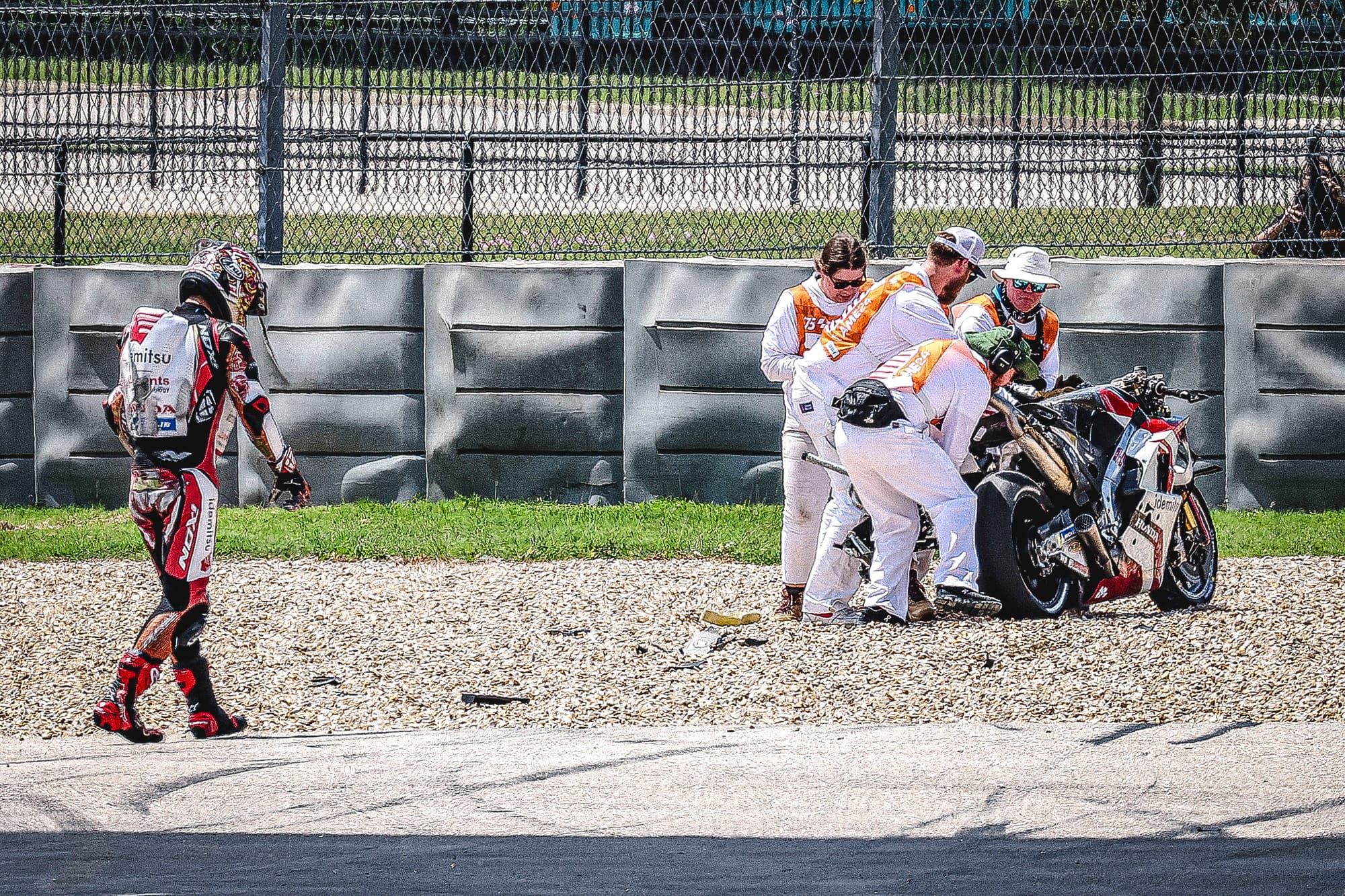
In 2024, he has so far done his part. He is generally competitive with the other Hondas. And he's getting nothing from it in terms of results.
His alarmed disillusion is the perfect illustration of Honda's start-of-season optimism vanishing in an instant, replaced by something much grimmer.


